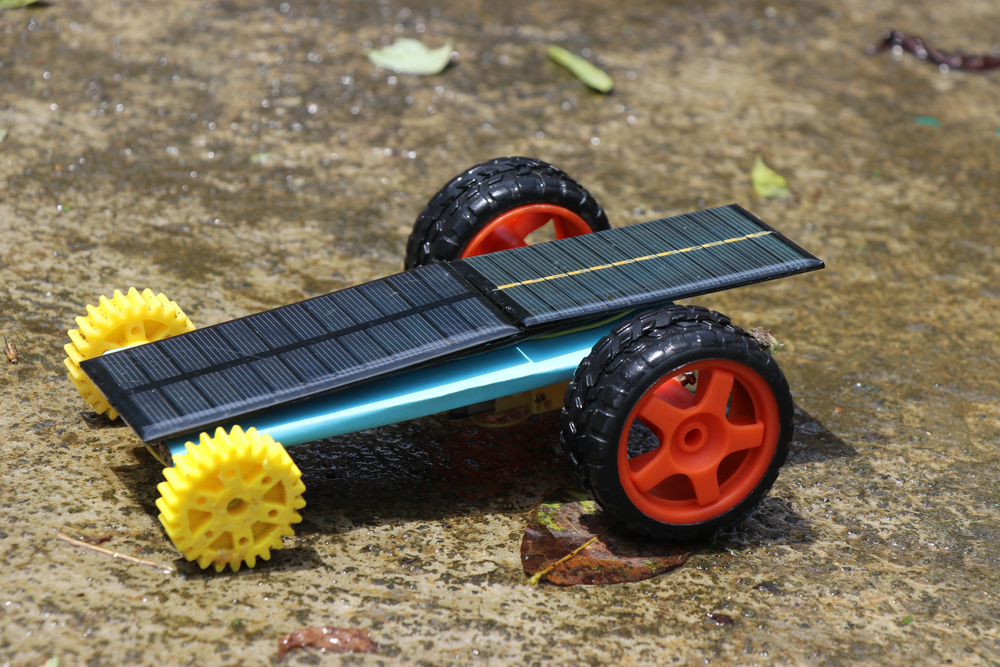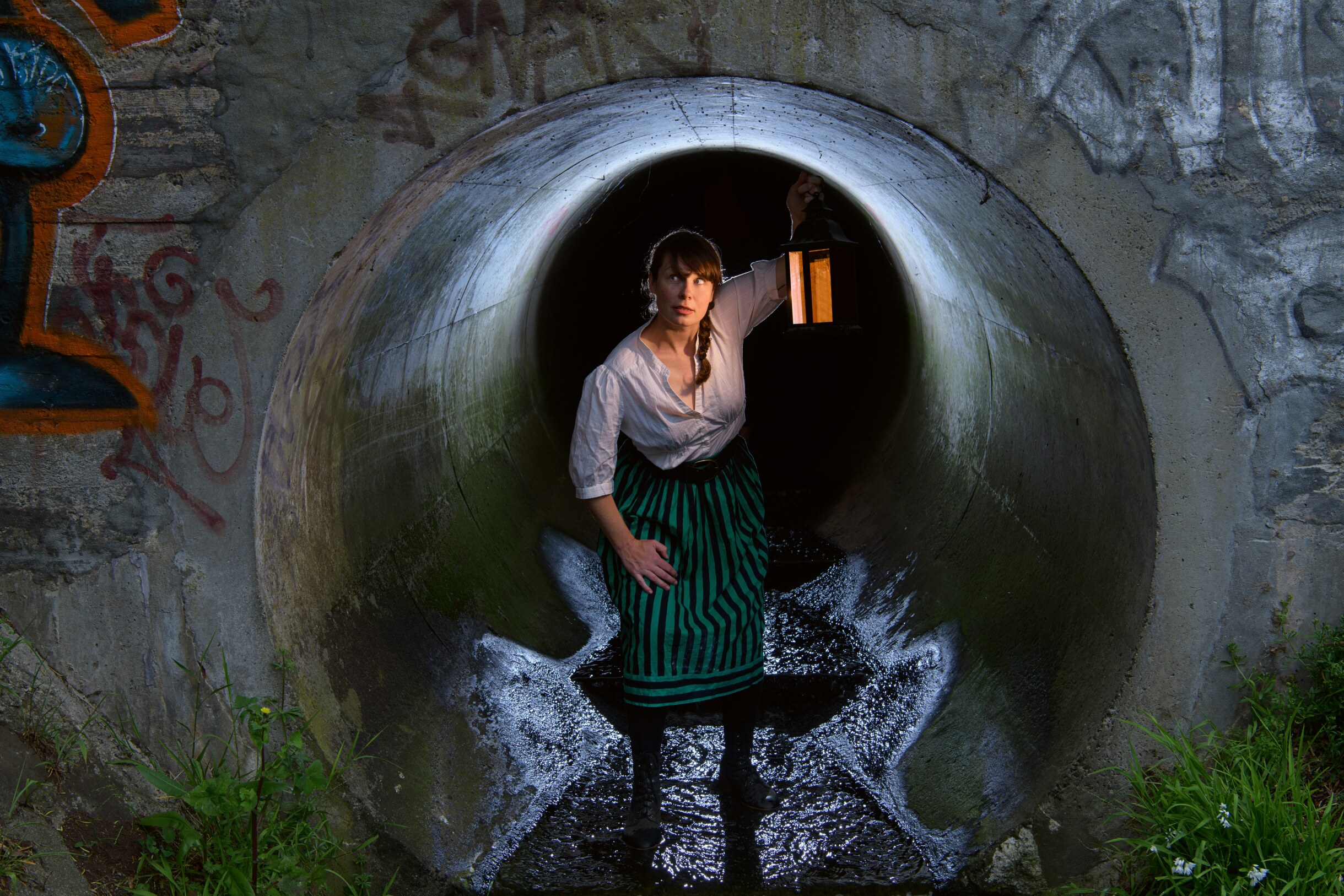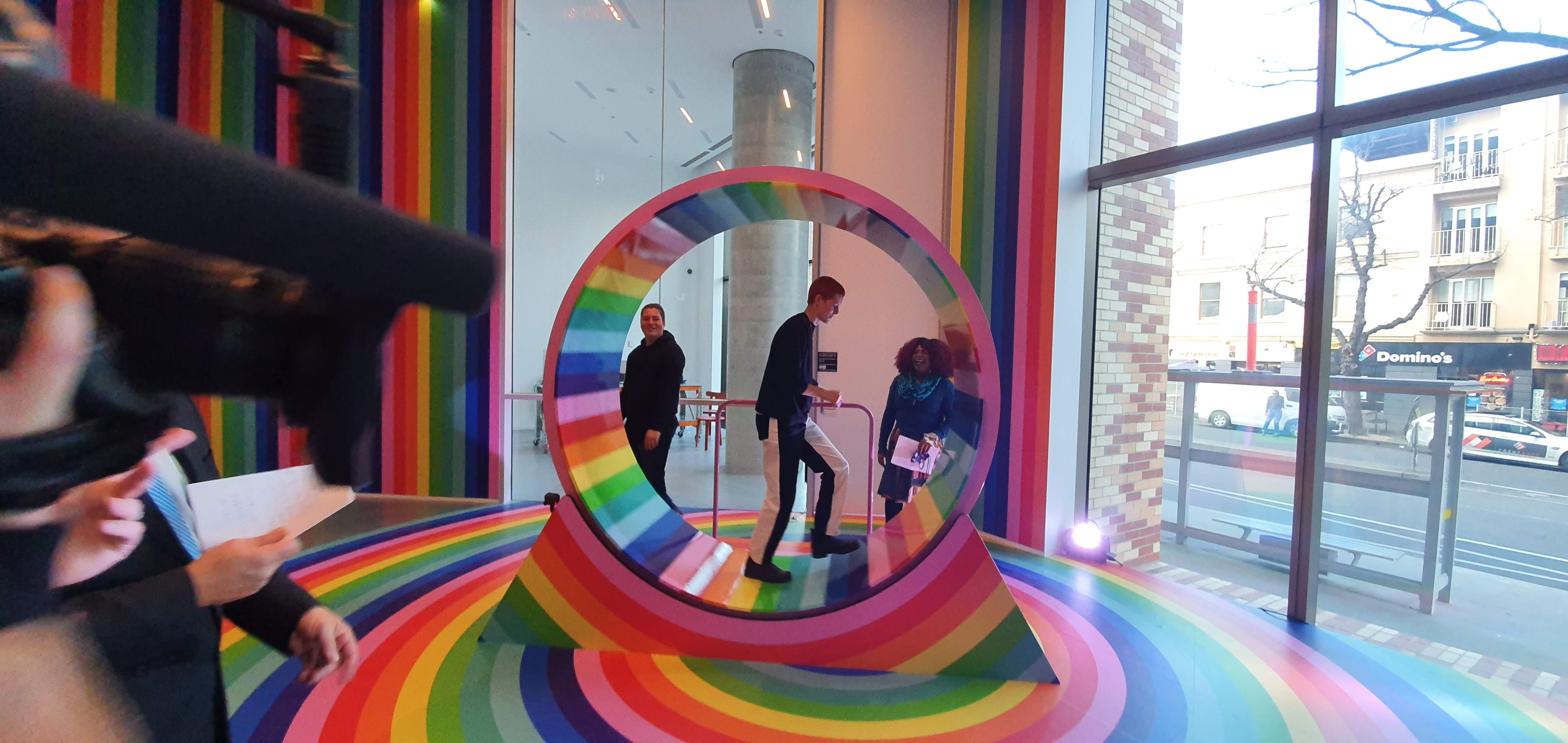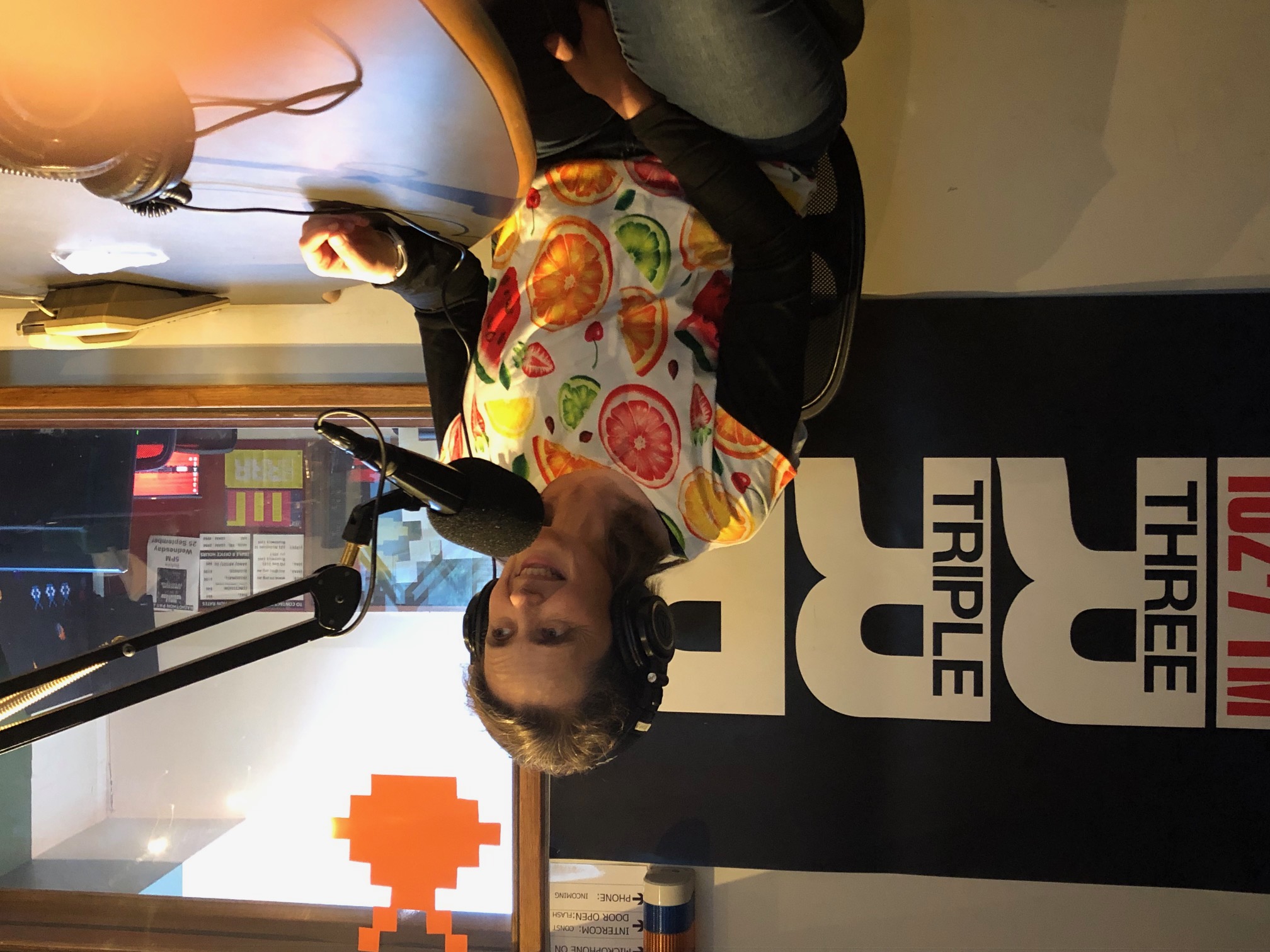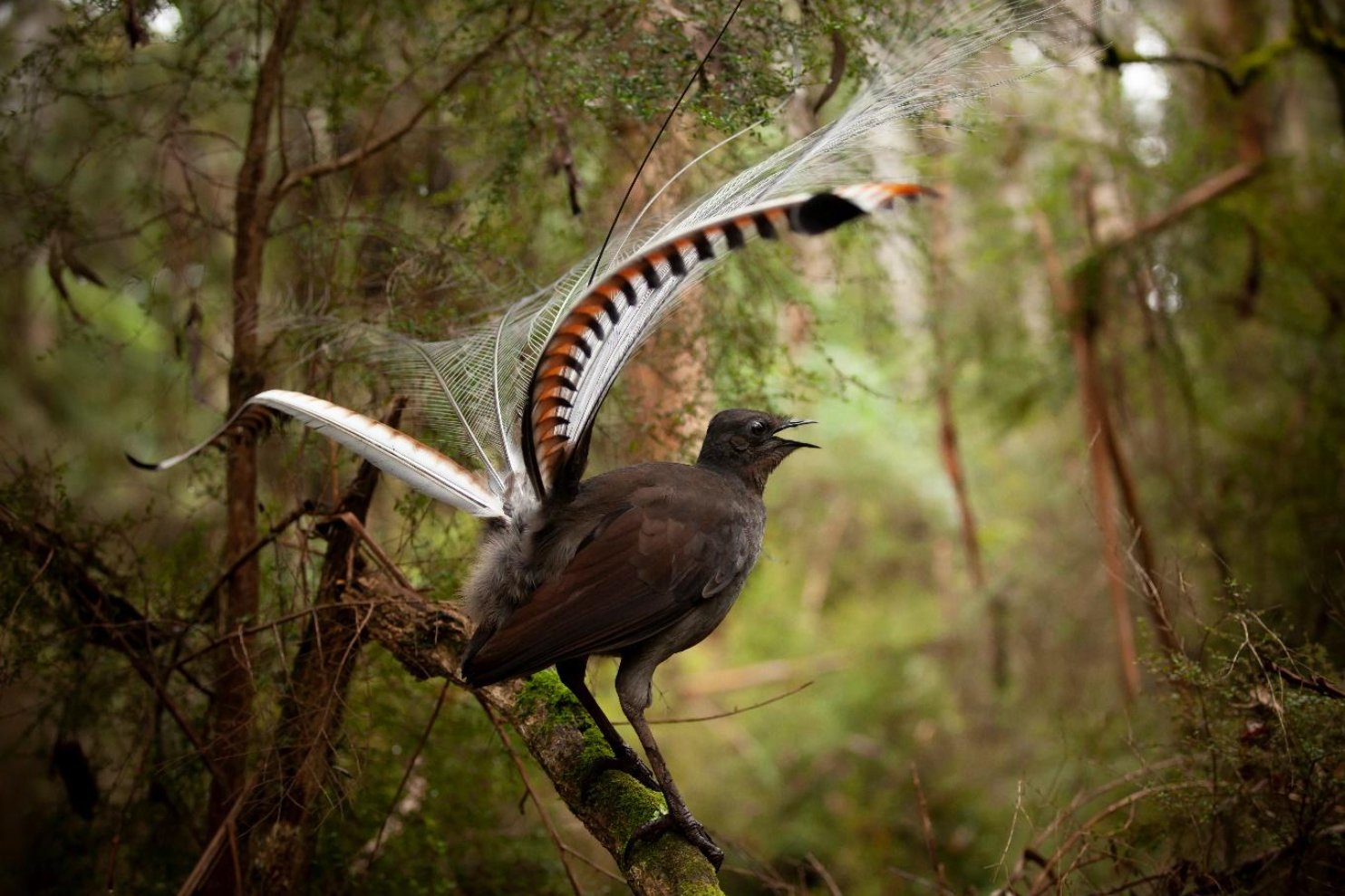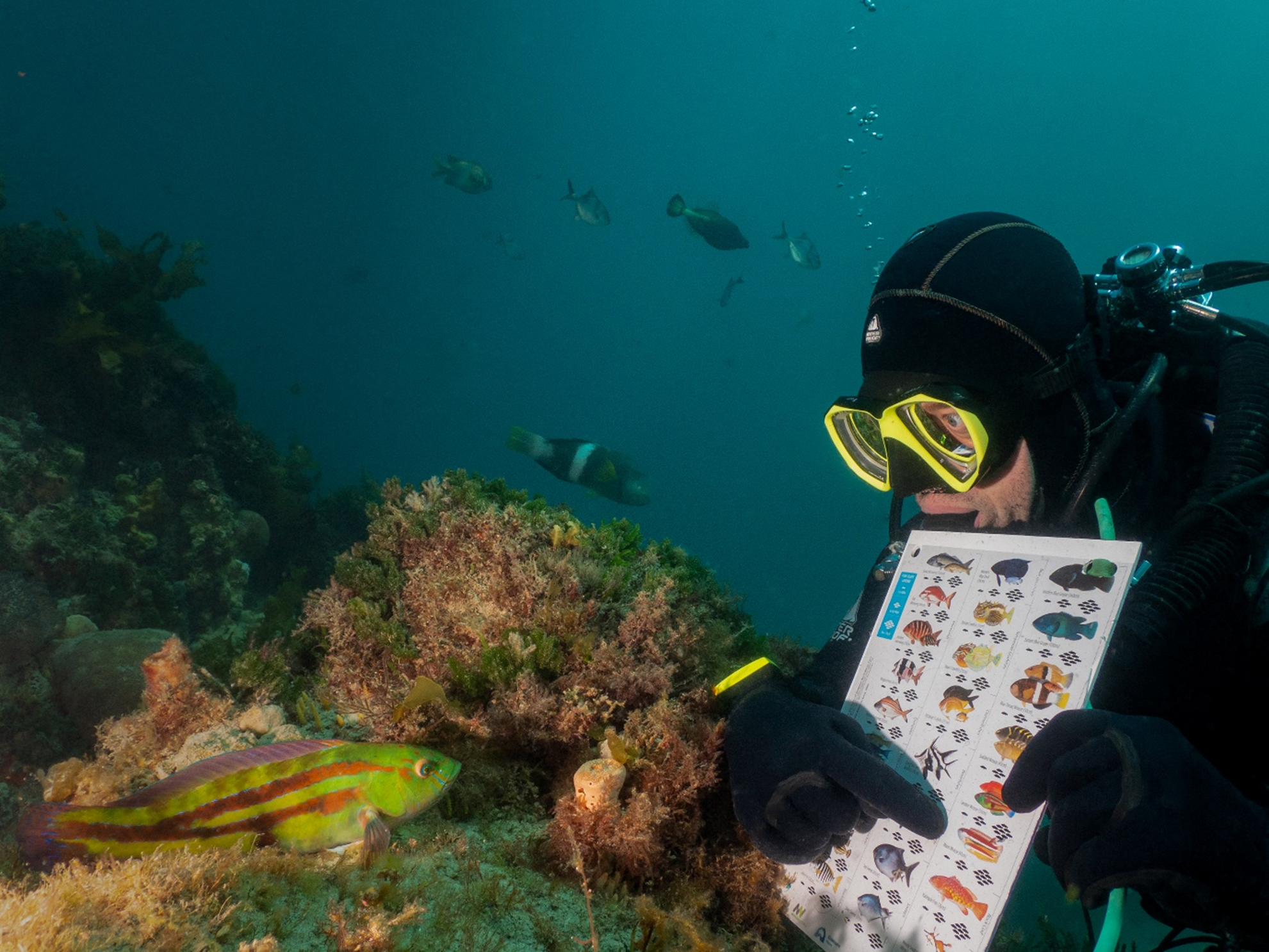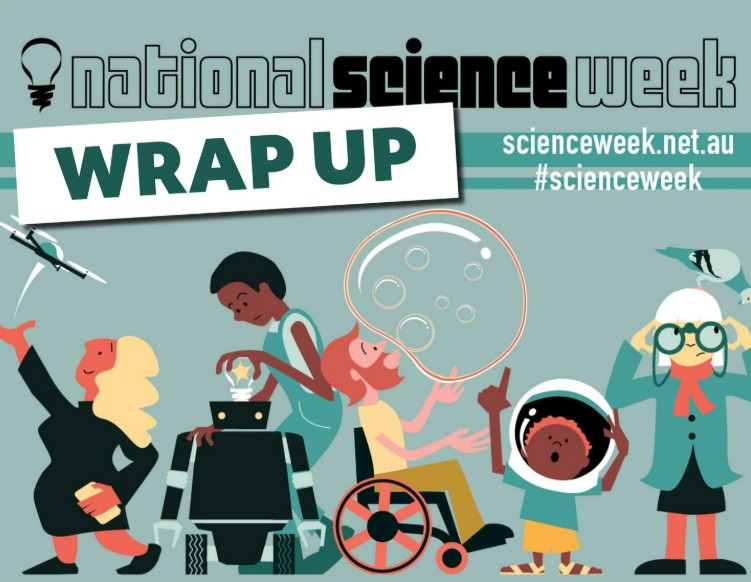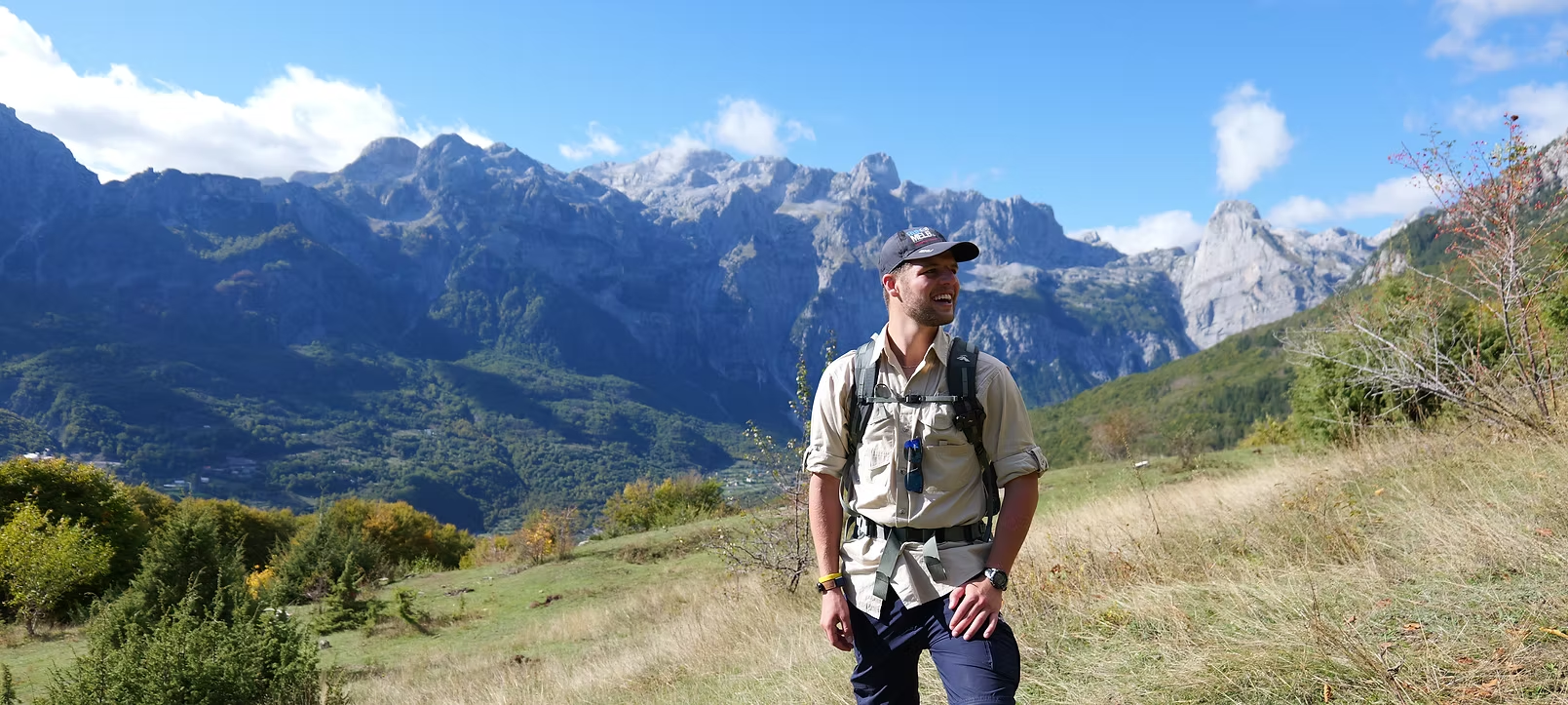CSI:eDNA - Citizen Scientists Investigate Eco Crime with DNA Fingerprinting
Science Victoria Edition
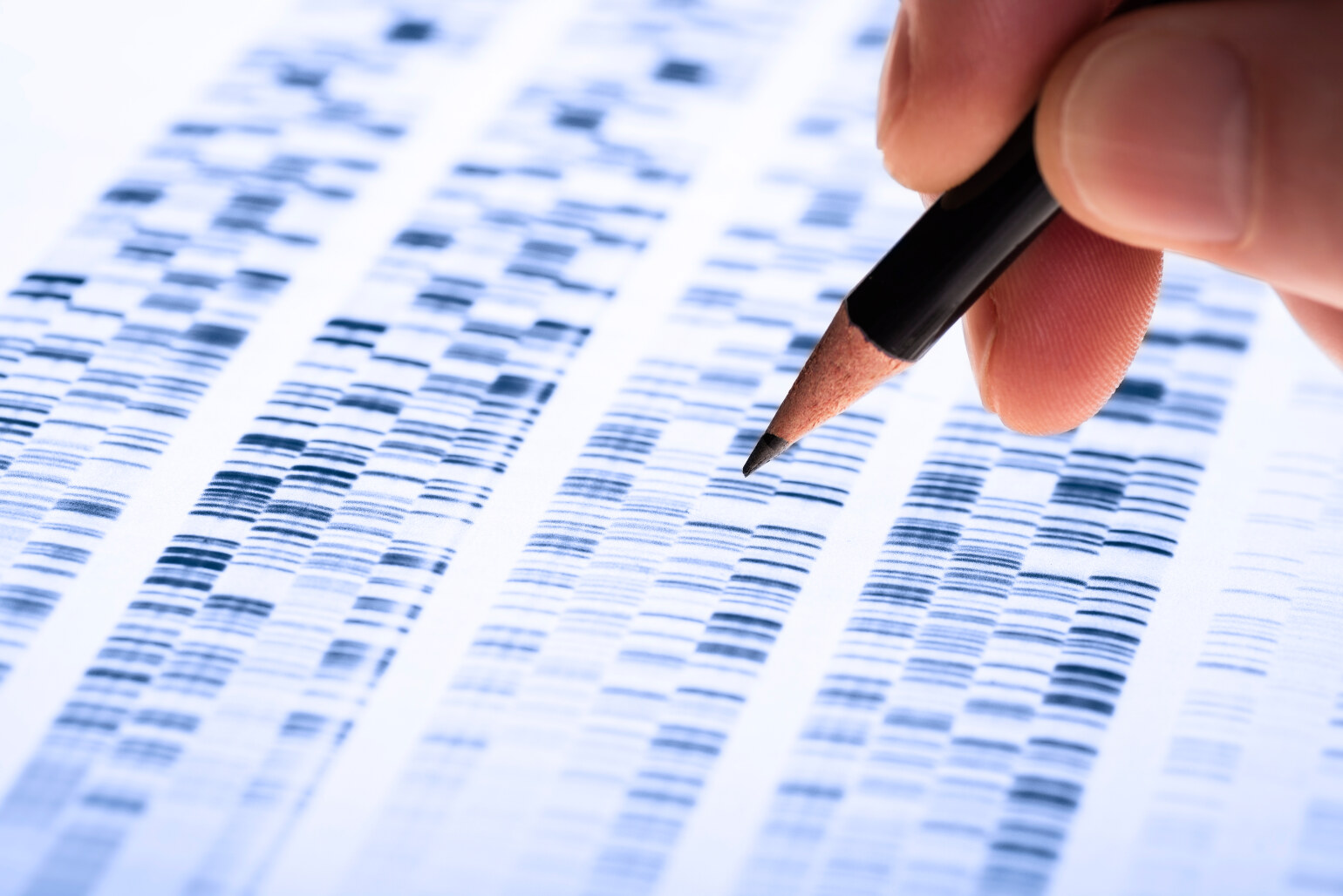
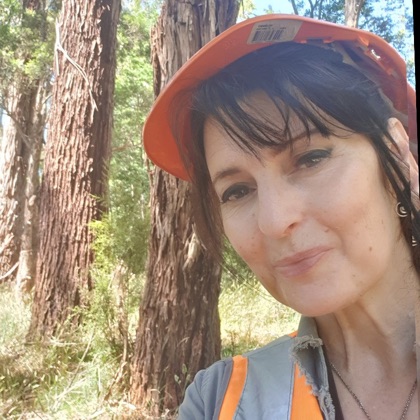
Co-Founder, Corymbia Eco Sciences
You’re walking through a wetland as the sun sets. Suddenly, you hear what sounds like a revving motorcycle. Or maybe a distinctive bark.
These noises are not evidence that someone may be damaging the surrounding environment, they are actually part of it – a frog, known as the growling grass frog, and an owl, the barking owl.
The calls of these two species are a reminder that the natural world is full of creatures we hardly ever see. But nowadays we can confirm these animals are out there using DNA fingerprinting.
Every second of every day, organisms – from microbes to ourselves to whales –shed tiny pieces of DNA into the world around them. In our case, skin cells, spit, hair - even when we go to the toilet. Every time a bird preens its feathers or a fish swims downstream, it’s leaving behind traces of its genetic identity that can stick around for days, weeks, or even years.
And, just like in TV crime shows where investigators piece together DNA evidence to catch the bad guys, environmental scientists can use this scattered DNA to detect animals living secretly in our ecosystems.
Revolutionising wildlife research
This environmental detective work has completely transformed how we study Australian wildlife. We can now track down rare animals without disturbing their habitats and stressing them.
Want to know if there are platypus in a creek? No need to spend weeks camped out hoping to spot one of these incredibly shy creatures; just scoop up some water and test it. Similarly, we can detect invasive species like carp red-handed, or see if endangered frogs are returning to protected wetlands or work out which native possums call a particular tree home. All from a tiny bit of water, soil or other material.
Australian scientists are using DNA fingerprinting to protect from invasive species everything from the iconic growling grass frogs – yes, they really do sound like motorcycles – to vast ocean ecosystems under threat. But until recently, this incredible technology was locked away in university labs while the communities living right next to these environments had no idea revolutionary science was happening in their own backyards.
That gap, between groundbreaking conservation work and public understanding, sparked an idea that’s now changing how we share science with everyday Australians citizens.

The eco-detective behind using the technology
The mastermind behind the CSI: eDNA project is applied field ecologist Mariea Pacheco. A researcher on native wildlife with a particular passion for citizen science, she has designed more than 30 projects for Landcare Victoria that have been successfully rolled out among school and community groups. This adds to more than 30 years of groundbreaking work tackling hefty environmental challenges.
Mariea’s academic background is in conservation and land management, environmental science, and sustainability, but she now has become one of Australia’s leading DNA researchers. Together with molecular biologist, Dr Matt Latiff, she co-founded Corymbia EcoScience, an environmental survey and assessment company. But her real work happens out in the field, in bush, forest or wetlands, dealing with Victoria’s biggest conservation headaches.
Her experience is extensive. When she was a project team leader for Biosecurity Management at the Department of Primary Industries, she worked in a state-wide program to release a virus designed to control rabbit populations. In Yellingbo Nature Reserve, working with Parks Victoria and the Department of Energy, Climate and Environment both in the field and on committees, she developed recovery plans for Victoria’s most threatened species. They included some of our state’s most precious animals in the Iconic State Faunal Emblems Recovery Program, such as the critically endangered Leadbeater’s possum and Victoria’s bird emblem, the helmeted honeyeater.
At present, she’s collaborating with the Royal Botanic Gardens Cranbourne using DNA traces in soil to identify bacteria, fungi, and some of the oldest organisms on Earth known as archaea. “It’s like reading the complete life story of a piece of ground,” she says.
“So I’ve spent years using DNA analysis to protect species that most people will never see,” Mariea explains, “but then I realized we were missing something crucial - we needed to bring the science directly to the people whose local environments we’re working to protect. We needed to help put science into the hands of the citizens. The most amazing conservation technology in the world means absolutely nothing if the communities living near threatened ecosystems don’t understand how it works or why it matters.”
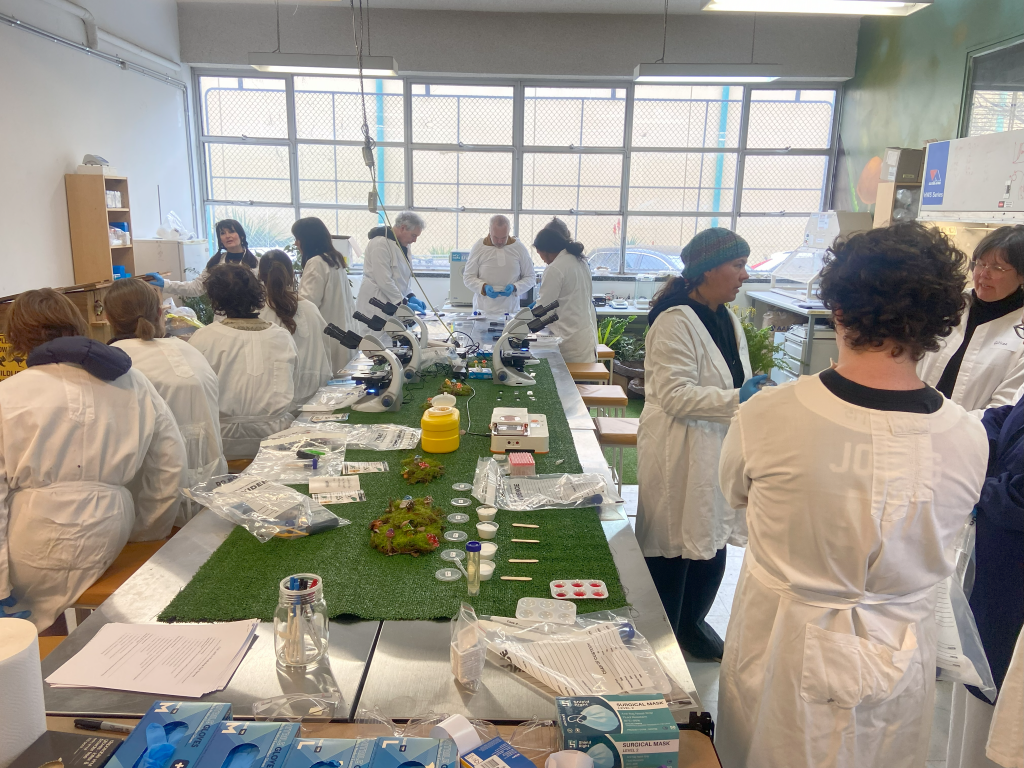
Becoming an eco-crime investigator
This realization became the foundation of the CSI: eDNA Project put on by Corymbia Eco Sciences in National Science Week. More than 100 people became eco-crime investigators at the BioQuisitive Citizen Science laboratory in the Melbourne suburb of Brunswick. Their mission? To solve a complex environmental mystery.
The crime scene told a pretty disturbing story: someone had been illegally dumping rubbish in a pristine habitat. But the evidence scattered around the mock site revealed that this was way more than simple littering. Participants also found suspicious mushrooms that might contain deadly toxins, strands of hair that needed identification to see which possum species had been disturbed, and blood samples that could reveal who had disturbed the habitats of the native animals.
Using the world’s first portable DNA laboratory, The Bento Lab, citizen teams ran DNA fingerprinting tests on the evidence they had collected to identify which mushroom contained the deadly toxin. At the same time, they tested water samples contaminated with tiny microplastic particles into which Corymbia had released genetically modified bacteria containing coloured proteins originally taken from coral.
By the end of each session, every single team had cracked the case by means of scientific detective work, identifying both the human criminals and the full extent of environmental damage using nothing more than DNA evidence and lab analysis.
Changing how we share science
The success of CSI: eDNA teaches us something important about connecting cutting-edge research with everyday people. Traditional science communication often relies on lectures, brochures, or museum displays that cannot capture how exciting and relevant modern scientific discovery really is.
But magic happens you combine storytelling with real hands-on experience? The project proved that people of all ages can handle complex scientific ideas when they are presented in ways that actually matter to them. The crime scene setup not only made DNA analysis fun, it gave participants a familiar framework to understand why environmental monitoring matters and how scientists gather, study, and interpret evidence in real-world situations.
Perhaps most importantly, the project challenged the usual assumptions about who can handle advanced science techniques. Watching young people successfully use sophisticated DNA analysis equipment alongside university students and retirees proved that, in this particular case, age and formal education matter way less than we often think. The secret ingredient was making things accessible. When you break complex procedures down into simple logical steps with clear explanations, and when people understand why what they are doing matters, they naturally rise to the challenge.
This has huge implications for how we design science education programs. It suggests we might be seriously underestimating what the public can learn when we give them the right context and motivation.
A win-win
The project also revealed something exciting about helping young researchers learn to communicate science. By having early-career scientists, like Ema Corro from MYCOmmunity Applied Mycology and graduate student Melvin Xu, run workshops, the program gave emerging scientists valuable practice in explaining their work to regular people.
So there is a double benefit - better public science understanding and improved researcher communication skills. It’s a model that can work across different scientific fields and research institutions. In fact, the educational materials and workshop setup developed for CSI: eDNA are already being adapted for use in other science programs, proving this approach can be replicated elsewhere.
The future
The CSI: eDNA project offers a blueprint for transforming how we share scientific knowledge with the communities who ultimately benefit from research discoveries.
As Australia faces mounting environmental challenges, from the impacts of climate change to devastating biodiversity loss, we desperately need communities who understand both the problems and the sophisticated tools that can be used to tackle them. The enthusiastic response from the National Science Week project proved there is genuine public hunger for real scientific experiences when they are made accessible and relevant.
It became abundantly clear from the feedback, questions and eager responses during the CSI-eDNA project workshop that our communities are ready and up for the challenge, to learn, engage and implement eDNA techniques, thus becoming confident and empowered to protect and conserve their own local precious native environmental assets.
By treating community members as capable partners in scientific discovery rather than people who just need dumbed-down explanations, we can build the kind of informed, engaged communities that conservation desperately needs.
And that’s pretty exciting.
Acknowledgments
This project was supported by the Australian Government Department of Industry, Science and Resources through the Inspiring Australia - Science Engagement Program: National Science Week 2025 under grant NSWMMXXV000207. The views expressed herein are those of the authors and are not necessarily those of the Australian Government or the Department of Industry, Science and Resources.
Discover how you can join the society
Join The Royal Society of Victoria. From expert panels to unique events, we're your go-to for scientific engagement. Let's create something amazing.




